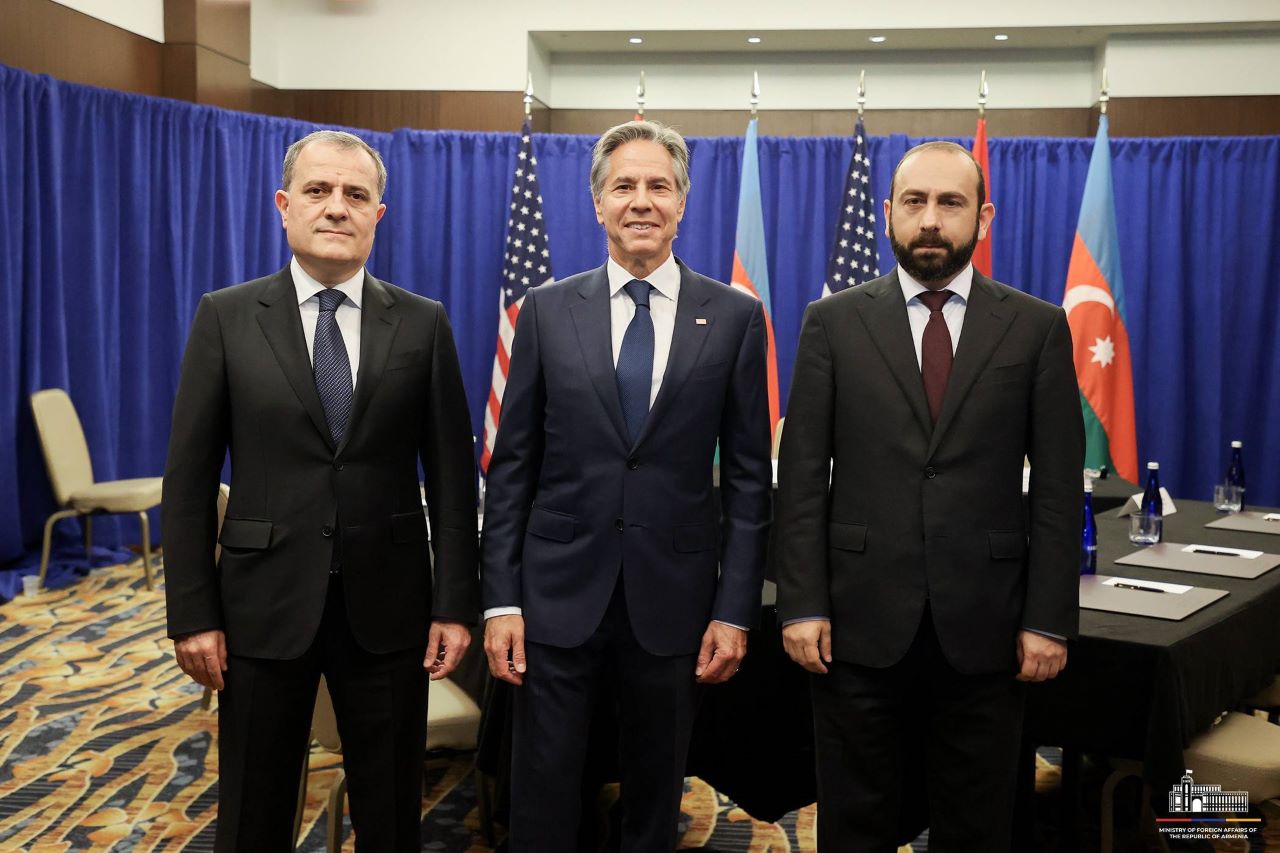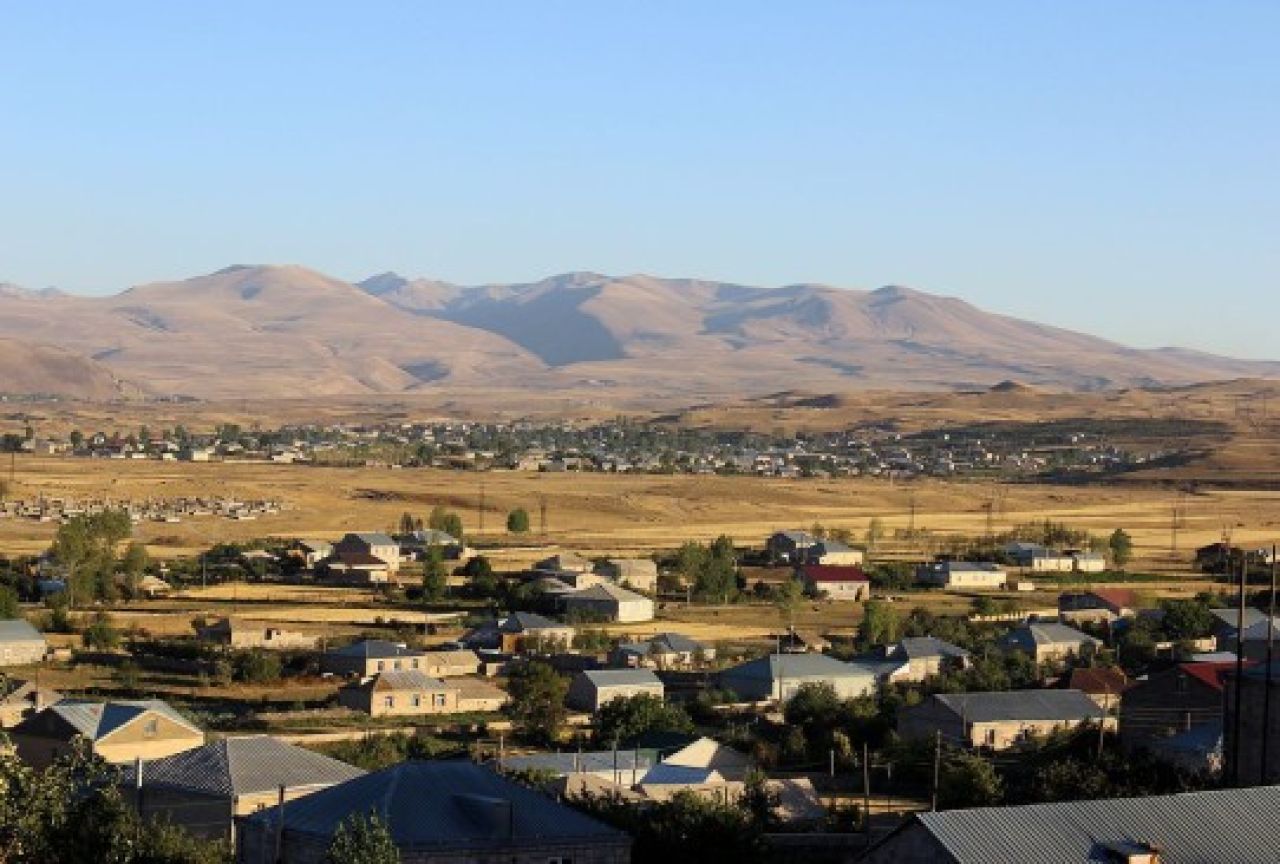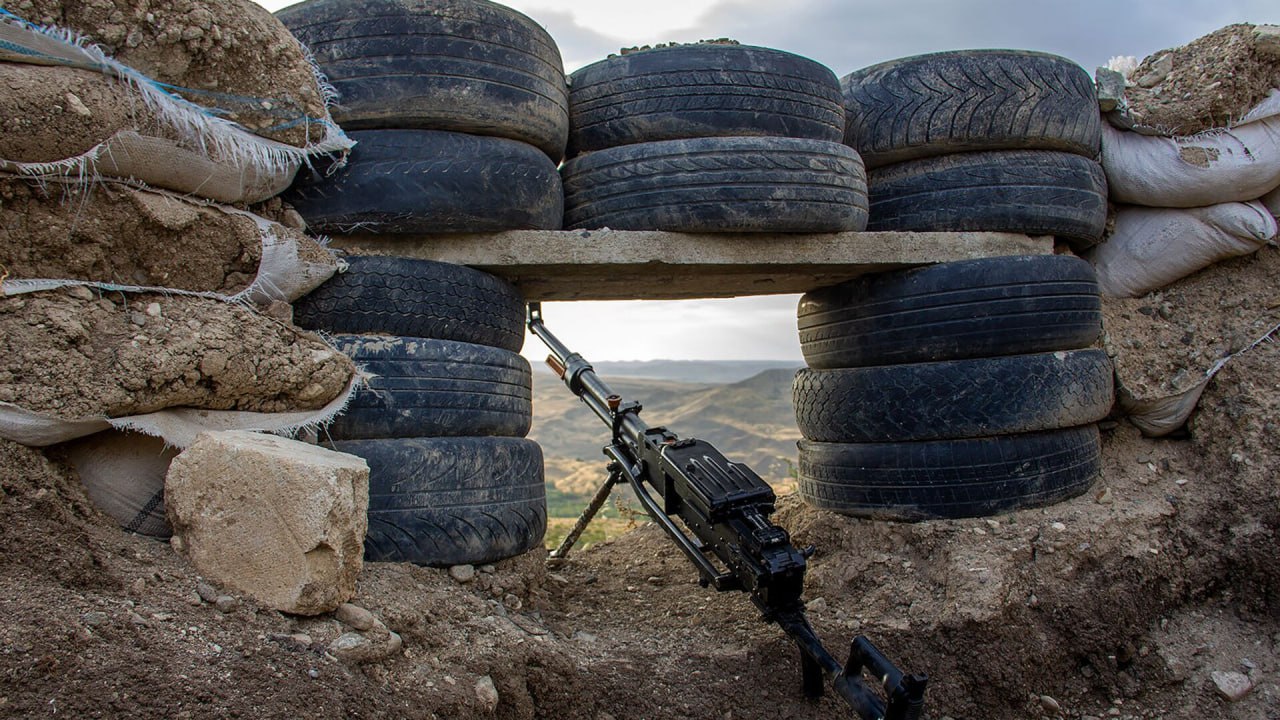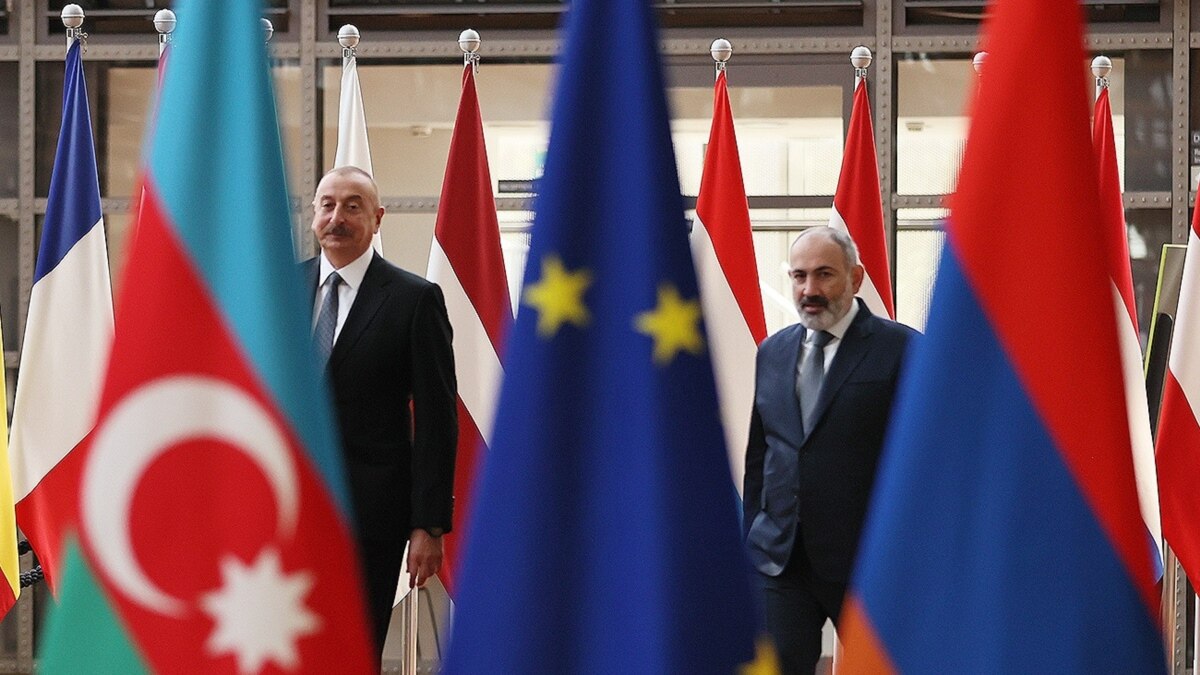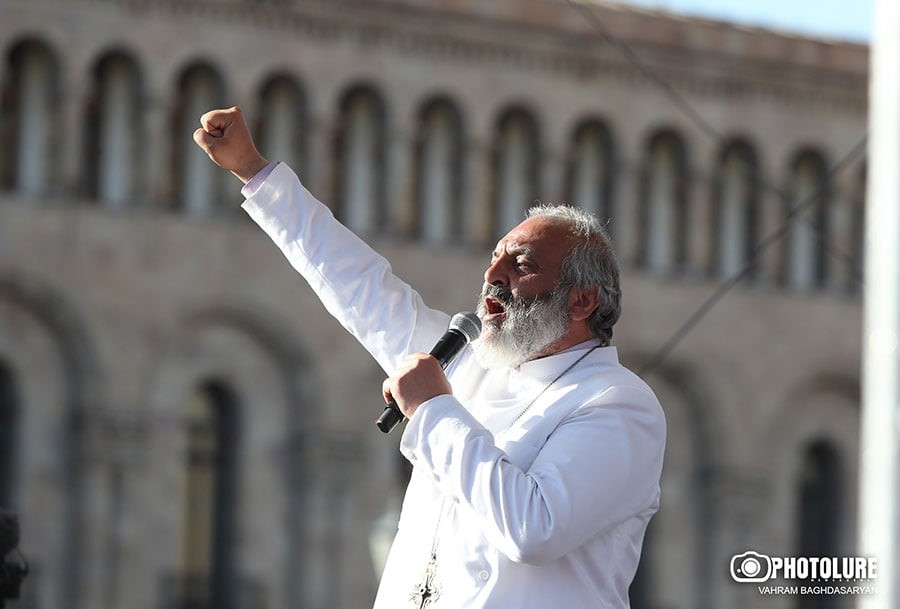Do Azerbaijani citizens want to go on a new bus tour to only spend two hours in Karabakh?
Azerbaijan’s bus tours to Karabakh
Bus tours from three Azerbaijani cities to Shusha (Shushi) and Aghdam were launched on January 24.
According to local media, tickets are in a very high demand. About 400 tickets have already been sold, Report agency reports . All tours up ещ February 15 are completely booked.
The new bus tours are strictly regulated: they can only be taken by citizens of Azerbaijan over the age of 18, and visitors are not allowed to spend the night in Karabakh. A total of 12 hours will be spent on the road, and only two hours at the tour destination.
Visitors will be escorted by the police at all times.
Shusha (Shushi) and Aghdam are cities that returned under the control of Azerbaijan after the second Karabakh war (September 27-November 10, 2020). The entire Azerbaijani population that had resided there was forced to leave Karabakh after the first Karabakh war in the early 1990s. Organized tours are the first opportunity for the people of Azerbaijan to visit these places in over 30 years.
Many people in Azerbaijan are happy with any opportunity to visit Karabakh, and no preconditions bother them. For example, financier Natalia Efisova says that she has long dreamed of this:
“I have been waiting for this for a very long time, and I will definitely do it. Although not in the near future – not until it becomes calmer there. Mines and possible skirmishes are still scary.
Moreover, we want to go with the whole family, including my little nephew. He can’t wait to go to Karabakh, he has heard a lot about it – both at home and at school.
I hope that in the foreseeable future it will be possible to fulfill both his and my dream”.
But there are many of those who do not want to go on this tour – for various reasons. We asked these people how they justify their choice.
Orkhan Sultanov, photographer:
“I think I understand what these trips are for. In the case of Aghdam – probably in order to show people the devastation reigning there after 30 years under the control of the Armenian side – while this devastation is still there. And Shusha, apparently, is being tried as a future tourism center.
It is strange, of course, that it will not be possible to spend the night there. They could have allowed people to spend the night in Shusha. But that doesn’t bother me. I am also unbothered by the prospect of traveling with the police. But the fact that this police, most likely, will not allow photographing is a big problem for me personally. Moreover, we already encounter such bans at every corner, even in Baku.
As a photographer, I want to go to Karabakh precisely in order to take expressive and historically important shots before completely new cities are built there. I don’t want to travel across the country to be told that I can look, but I cannot take pictures.
And a complete list of what can and cannot be done during these trips is nowhere to be found – this is the biggest shortcoming”.
Araz Narimanov, physics teacher:
“Of course, I really want to see Karabakh, see its nature – I generally love mountains and forests, I often travel around the regions of Azerbaijan on such amateur “expeditions”, I have been almost everywhere, except for that part. I would like to get to know the culture of Karabakh better and understand the tragedy that occurred there better.
But not now, not within the framework of state propaganda. And these bus tours are nothing but propaganda, inept and deliberate propaganda, an attempt by the authorities to put wool over the eyes of their own people. I don’t want to participate in this. Moreover, I was categorically against the second Karabakh war.
By the way, when I was a child, at the age of five or six, I managed to visit Yerevan. This was in the mid-1980s, shortly before the conflict broke out. But I have never been to Karabakh.
I hope that I will live to see the day when this conflict is somehow resolved, for real, not like right now. And then I will be able to visit these places and see Armenians and Azerbaijanis living together, as they once did”.
Shahin Rzayev, political observer:
“I visited Shusha in August of 1998. Together with a group of journalists we traveled there from Armenia by helicopter. This trip left a very depressing impression, because I had to move around under the supervision of guards and only take pictures of what was allowed to be photographed.
After that trip, I gave myself a word that I would not go to Shusha until the people of Shusha returned there. And although today the city has been liberated, I don’t want to go there for the sake of taking a selfie in front of the fortress gates.
I hope to go to Agdam and Shusha, but only to visit my friends and to have no one restricting my freedom, including our special services.
The ban on spending the night, in principle, is understandable – at night it is more difficult to control everyone and look after them. Someone might step on a mine or get hit by a stray bullet.
Narmin Shahmarzade, gender activist:
“The fact is that the authorities took advantage of these territories in order to play on the feelings of many people. So many people died and so many became disabled, and the government continues to use these lands in their own interests.
In my opinion, those who will now go there, take pictures and publish these photos on social media, will indirectly support the policy and militaristic propaganda of the authorities. Actually, that is the exact reason why those tours have been launched in the first place.
Thus, they once again try to convince us that “the war was necessary”. But I cannot justify death and injury of so many people. And this belief does not allow me to go on such tours. This is too contrary to my views”.
Trajectories is a media project that tells stories of people whose lives have been impacted by conflicts in the South Caucasus. We work with authors and editors from across the South Caucasus and do not support any one side in any conflict. The publications on this page are solely the responsibility of the authors. In the majority of cases, toponyms are those used in the author’s society. The project is implemented by GoGroup Media and International Alert and is funded by the European Union











